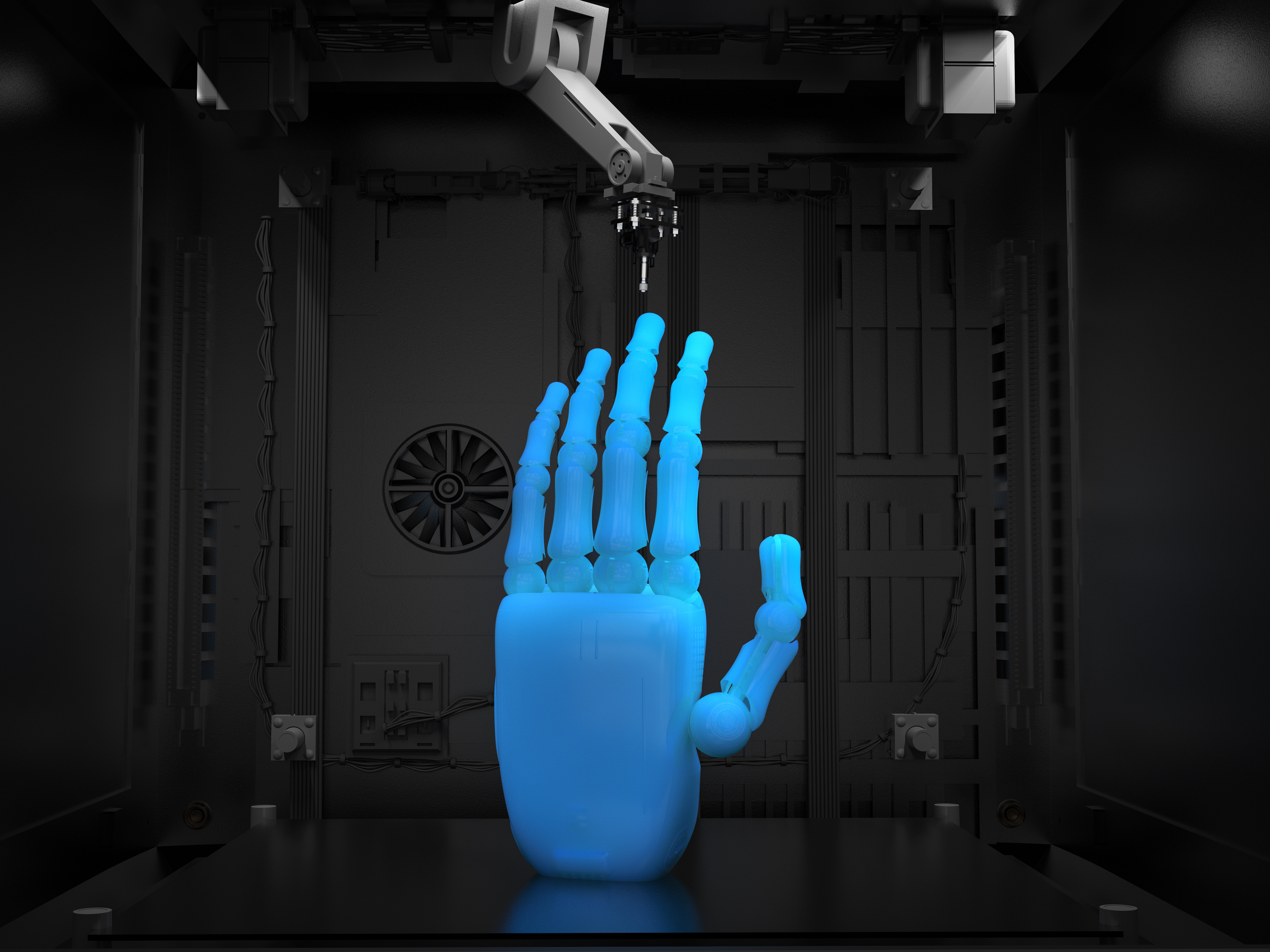Posted By: Stephanie Bouzounis, Senior Communications Specialist
3D printing appears to be a novel technology in popular culture, but it has been around for over three decades. What is novel, however, is its prevalence in modern medicine.
What is 3D printing?
The ideological inception of 3D printing came in the early 1980s. Hideo Kodama developed a system for rapid prototyping, then Charles Hull got a patent for stereolithography. Kodama’s idea was to make three dimensional prototypes, and Hull, along with a team of three other researchers, filed a patent for the technology where a 3D image is created from digital data. The 90s saw a blossom in 3D printing – from development of the first SLA (stereolithographic apparatus) machine to CAD tools becoming more refined for 3D printing. The first medical applications started to arise with the first 3D-printed kidney being created in 2000, and in 2008 the first limb. In the 2000s, open source printing started. This gave people the empowerment needed to bring their ideas to fruition.
What are the FDA’s Updates Regarding 3D Printing?
In 2017, the Food & Drug Administration approved 95 medical devices – a record. The 21st Century Cures Act allowed the ability to apply the least burdensome approach to acquiring data that makes medical device approval an efficient process. The FDA is feeling the need to regulate highly novel areas of science including Regenerative Medicine, Gene Therapy, and 3D printed medical devices. To satisfy this need, they issued a new guidance to manufacturers.
Where Does 3D Printing Come In?
In a statement released by Dr. Scott Gottlieb, the FDA Commissioner, he stated that the FDA has reviewed over 100 medical devices on the consumer market manufactured by 3D printers. This includes everything from implants to a knee replacement. On December 5, 2017, the FDA issued a guidance to manufacturers titled “Technical Considerations for Additive Manufactured Medical Devices”. This framework provides medical device manufacturers, using additive techniques, the FDA’s outlook on design and manufacturing process considerations and device testing considerations. These two main sections include quality system requirements, design requirements, and material requirements.
3D printing is becoming more prevalent in the medical device world, and as medicine adapts to this technology, so will the FDA’s regulations.
Have a question we didn’t answer here? Feel free to contact us at info@emmainternational.com or (248) 987-4497, or connect on LinkedIn, Twitter, and Instagram.
For more information about FDA’s role in the medical device industry, check out these blogs:
- Medical Device Outlook 2018
- FDA Partners With Silicon Valley: A New Frontier In Medical Devices
- ISO 13485 – Quality Management System For Medical Devices: Overview Of 2016 Changes





